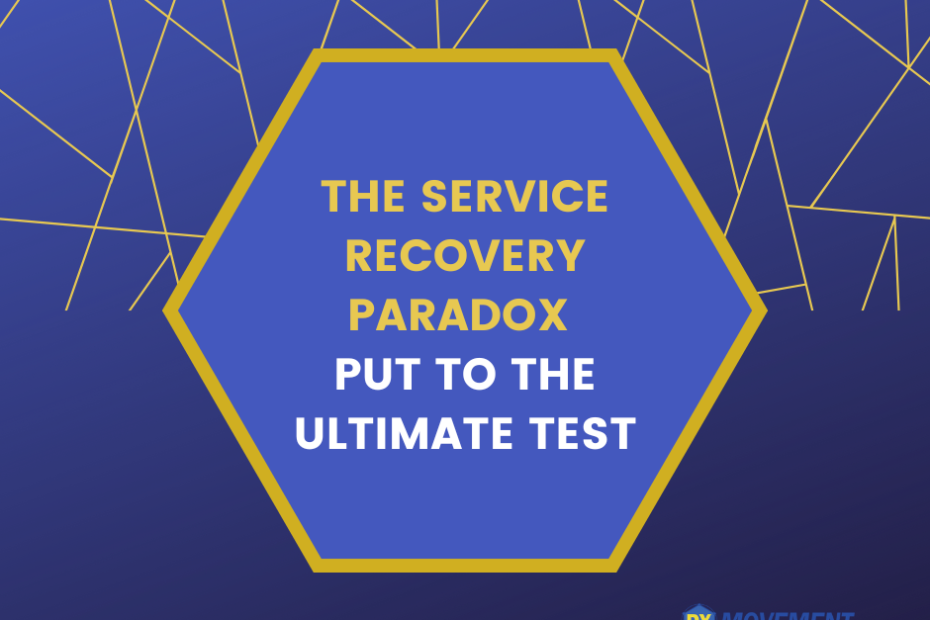Now that we are just past the airline debacle that Southwest delivered for Christmas, some are wondering if the airline – my favorite – will survive. The disruption at the “most wonderful time of the year” affected millions of people, from employees to travelers and their families they could not spend time with over the holidays.
What we’ve learned is that Southwest had a huge amount of deferred maintenance. Not on their planes but in the software used to schedule flight crews. Known as “technical debt,” their flight attendants union placed the issue above demands for increased pay. That’s just embarrassing for an airline whose stock symbol is LUV and has a well-earned reputation for being customer and employee-friendly.
Things go wrong in every service business, leading to failure to meet customer expectations. While this is a given it’s how the entity responds that matters. The term for this is “service recovery” and it’s a vital part of any business that takes customer experience seriously.
The power of service recovery is determined by what happens next between the company and the customer. What Marriott discovered years ago in their customer surveys was that guests who reported an issue that was resolved in a timely manner were more satisfied than guests who didn’t experience something going wrong. This phenomenon is called the Service Recovery Paradox.

For a medical practice, service recovery can mean more than just avoiding negative reviews because a patient was unhappy with how they were treated. The idea is to have basic protocols in place to handle the most common issues: doctor is running late, patient is running late, equipment malfunction. Spending time to plan what to do for your top 4-5 service failures makes good business sense.
When you analyze places that handle service failures well, a few things emerge:
- Apologies are made rather than excuses
- Front-line employees can handle and don’t need to get managers involved
- Follow-up is made to confirm that the situation has been resolved
For Southwest, this is going to take time and effort and will impact the bottom line negatively in the short term. I predict they will make things right and emerge stronger as they learn from this and finally upgrade their systems. They have the culture and leadership to focus on service recovery in a way that earns them even greater customer loyalty in the long run.
For your practice, being proactive and prepared to handle service failures is the way to go. The single biggest complaint patients have is around wait time or total appointment time. Following that, issues around communication tend to be the culprit. It’s amazing what a sincere apology and a Starbucks gift card can do to settle someone down who feels they were wronged. Other issues may require a different approach.
In the end, it’s about how we treat people when things go wrong. Done well, it can lead to a patient experience that is viewed even more favorably than if nothing had gone wrong in the first place.

